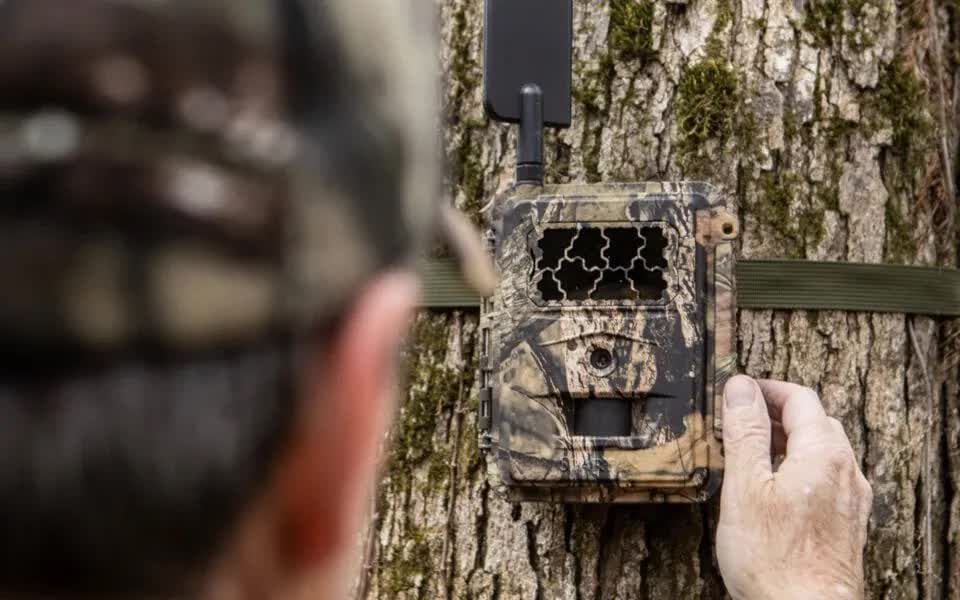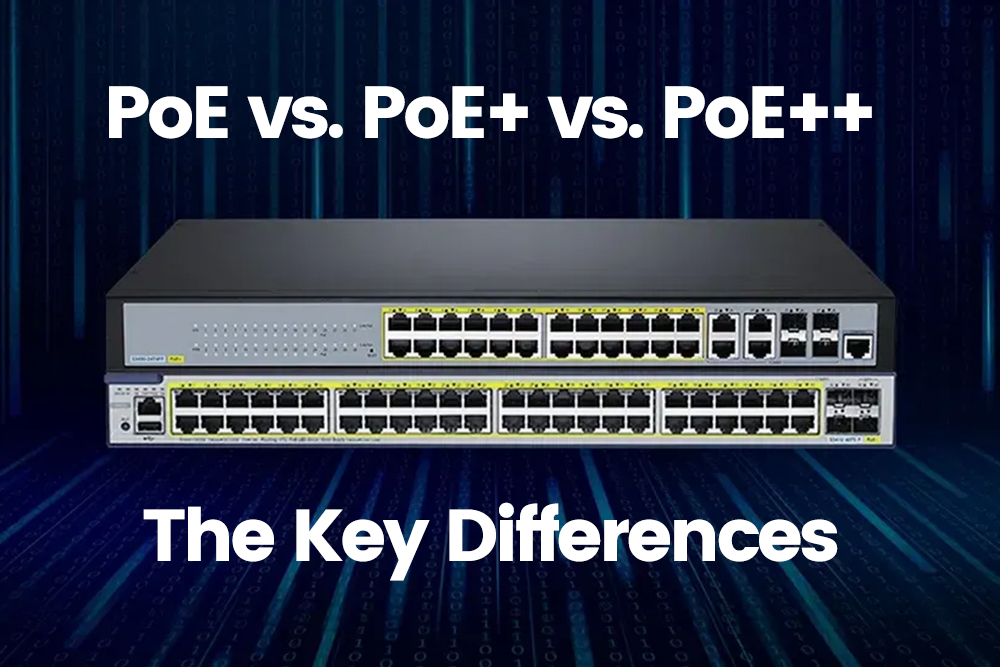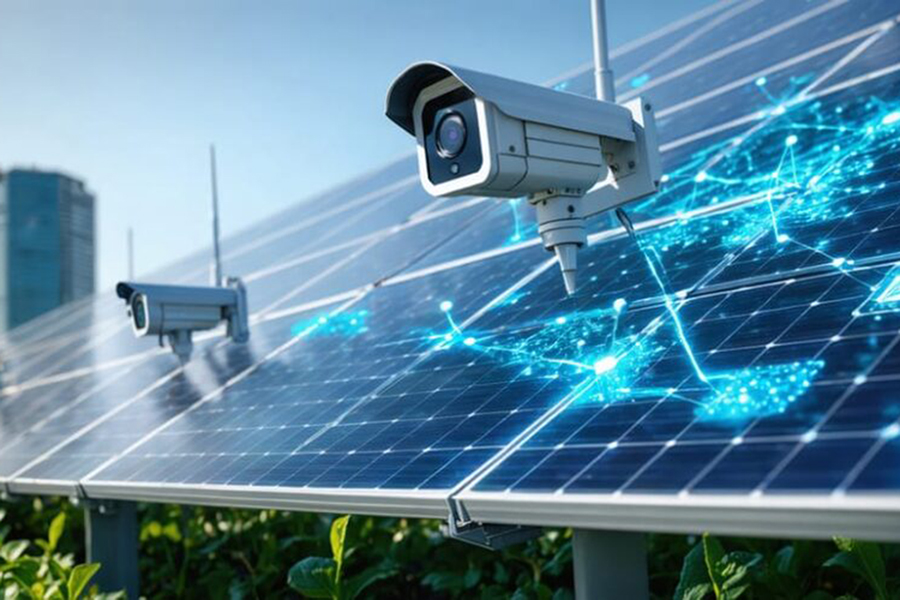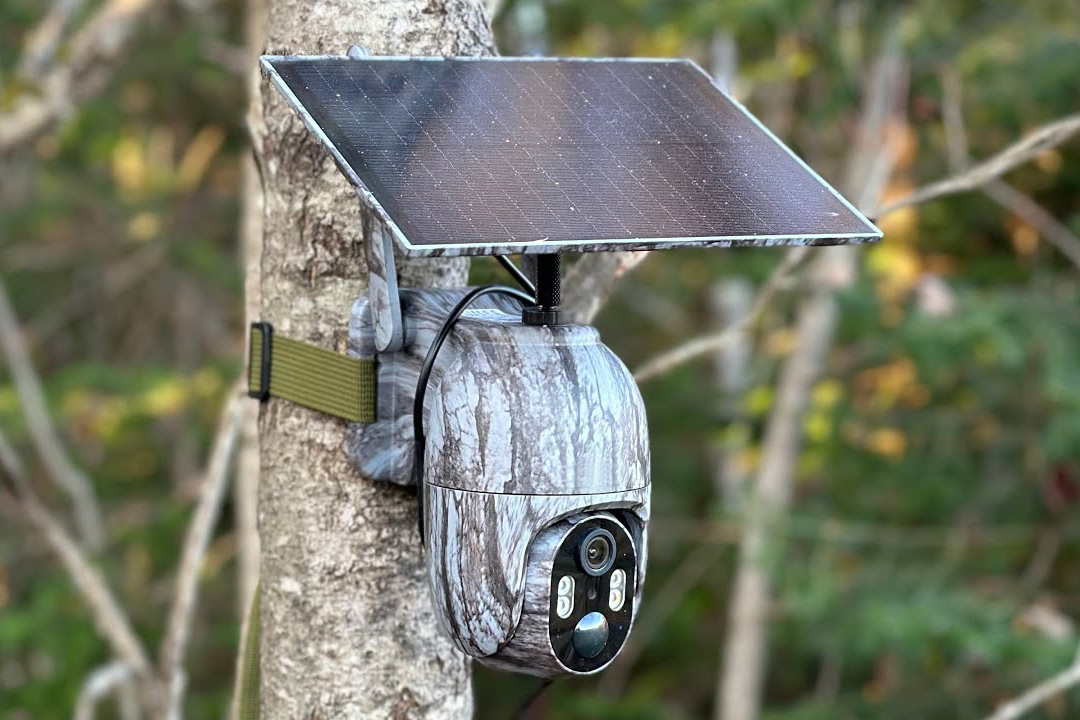Can a Trail Camera Be Used for Security?
Can a Trail Camera Be Used for Security?
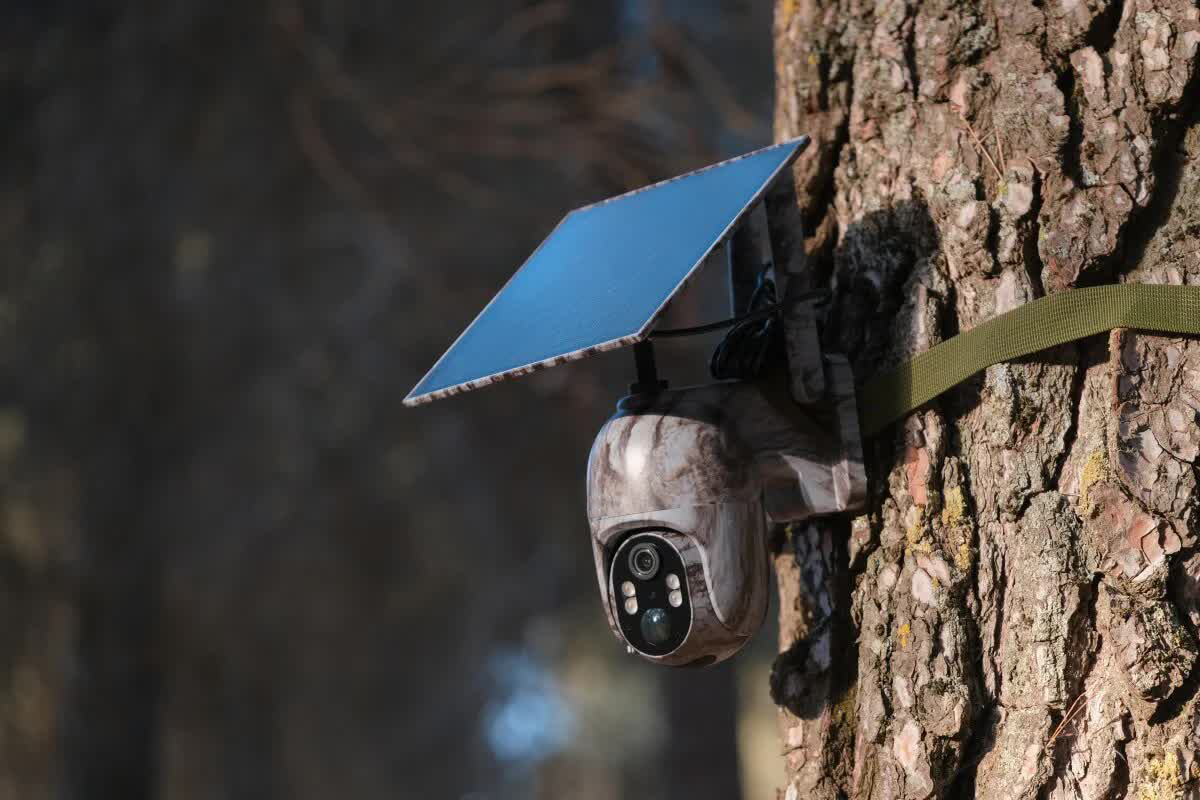
Keeping a home safe matters a lot. But finding a budget-friendly & trustworthy way to watch over your space isn’t always easy. A different method? Using a trail camera for security. These cameras, made for hunters & nature lovers to track animals, might work well for home protection too.
So, what exactly are trail cameras, & how do they hold up against normal security cameras? Keep reading. We’ll look at the good & bad of using a trail camera instead of a regular security setup. Can these tough little devices really help keep you safe? Let's find out.
How Do Trail Cameras Function?
Built to snap pictures or record videos when something moves, trail cameras use motion sensors & infrared tech. If movement is detected, they take a shot or start recording—even in dark conditions. Running on batteries, they work well in far-off spots where plugging in isn’t an option.
A key part of how they work? Their Passive Infrared (PIR) sensor. It picks up heat shifts in the surroundings. If something warm—like an animal or person—passes by, the sensor reacts. That triggers the camera, which then captures footage. Because of this, trail cameras do a solid job watching over outdoor areas, especially where wildlife roams.
Can Trail Cameras Be Used for Security?
Yes, a trail camera can serve as a security camera. Though mainly placed in forests or on trails, their features fit home security needs too. Motion sensing, night vision, tough weatherproof builds & low power use make them useful for spots normal security cams might not cover well.
Still, there are downsides. Most trail cameras snap limited frames when triggered. Unlike typical security cameras, they don’t always provide non-stop video footage. We’ll go deeper into the benefits & drawbacks next.
Advantages of Using Trail Cameras for Security
Opting for a trail camera as a security device brings several benefits. These cameras can be a smart way to keep an eye on your property. Below are some key advantages:
Simple Installation
Setting up a trail camera is hassle-free. No need for drilling, running cables, or hiring an expert. Just pick a location, mount the device & switch it on. Since these cameras run on batteries, there’s no requirement for an external power source. This makes them ideal for off-grid areas.
Built for Harsh Weather
Whether it’s heavy rain, snowfall, or scorching heat, these cameras are designed to endure extreme conditions. Made for outdoor use, they can function reliably without damage. This makes them perfect for securing gardens, rural lands & driveways.
Motion Activation & Night Vision
Recording happens only when movement is detected, reducing battery drain & saving storage. Many models come equipped with infrared night vision, ensuring clear footage even in total darkness. This makes them a solid option for all-day monitoring.
Budget-Friendly Choice
Compared to conventional security setups, trail cameras usually cost less. No monthly fees are needed, & a quality unit can be purchased at a fraction of the price of a full system. This makes them a good pick for those seeking affordable security solutions.
Discreet Appearance
Most models feature camo designs, allowing them to blend into surroundings. This low-visibility setup makes them difficult to notice, reducing the risk of tampering. Intruders are less likely to detect the camera, providing extra protection.
Drawbacks of Trail Cameras Compared to Standard Security Systems
Despite their benefits, trail cameras also have some downsides when compared to standard security cameras. Knowing these limitations helps in choosing the best security option for your needs.
No Instant Viewing (for Non-Cellular Versions)
Traditional security cameras often connect to Wi-Fi, sending alerts & allowing live viewing on mobile apps. Some cellular trail cameras can send real-time alerts, but many budget models store images locally without sending notifications. This delay means you may not notice suspicious activity until later.
No Constant Recording
Unlike typical security cameras that provide nonstop footage, trail cameras work only when motion triggers them. While this saves power & storage, important moments may be missed if they occur outside of activation periods.
Narrow Viewing Angle
Most trail cameras have a limited field of view, usually around 40° to 60°. Standard security cameras often cover much wider angles, sometimes reaching 180° or more. To monitor a large space, multiple trail cameras may be needed instead of just one security camera.
Lower Image Resolution
Trail cameras prioritize capturing quick shots or brief video clips, not high-quality continuous footage. Many lack 2K or 4K resolution, making it harder to recognize small details like faces or license plates.
Fewer Smart Features
Modern security cameras often offer AI-based detection, voice communication, smart home links & emergency response options. Trail cameras, however, are more basic. They mainly capture images or short clips without the advanced features found in traditional security setups.
Setting Up a Trail Camera for Better Security
Considering both the benefits & downsides, if you’ve chosen a trail camera as a budget-friendly option for watching outdoor spaces, here are useful steps for setting it up:
- Pick the Best Spot: Position the camera where it can monitor key areas. Entrances, driveways & pathways are good choices. Place it high enough to prevent tampering but not too high, or images may lack detail.
- Keep It Hidden: Use natural surroundings to make the camera blend in. A well-hidden device is harder to spot.
- Check Battery Levels Often: Since these cameras rely on batteries, keeping an eye on power is necessary. Replace or recharge them to keep it running.
- Test Angles & Range: Once placed, walk through the area to see what the camera captures. Adjust if needed for clear footage of anyone passing by.
Expert Guidance
If you have a trail camera & want to use it for home security, it can do the job. But for more specific security needs, professional security cameras are a better option. They are made for surveillance & come with advanced features.
Need a high-quality security camera? We provide a variety of options with 4G connectivity, different sizes, PTZ control & strong wireless capabilities. These elements separate an average camera from an exceptional one, ensuring complete & reliable home protection.
Designed for tough conditions & daily use, professional security cameras work well in offices, retail stores & other commercial areas. They offer the durability & advanced features required for effective surveillance.
FAQs
What is the detection range of a trail camera?
It depends on the model. Many detect motion within 60-100 feet. Checking the product details helps in knowing how well it suits security needs.
Can a trail camera work without the internet?
Yes, no internet is needed. Footage is saved to an SD card, which must be retrieved for viewing. This makes them useful in places without Wi-Fi, though remote access is not possible.
Is a trail camera useful for home security?
Yes, it can be. These cameras work well for monitoring outdoor spaces. Placing them in hidden spots around a home helps detect unwanted movement.
Do trail cameras record 24/7?
No, they don’t. These cameras activate when motion or heat changes are detected. They take photos or short videos only when needed, making them efficient with power.
Final Thoughts
Using a trail camera as a security device is an affordable way to monitor property, especially outdoors or in places without power. Though they lack some features of standard security systems, they provide key advantages like motion detection, ease of use & cost savings. Whether as a short-term fix or extra coverage for an existing setup, trail cameras offer a practical security solution.
